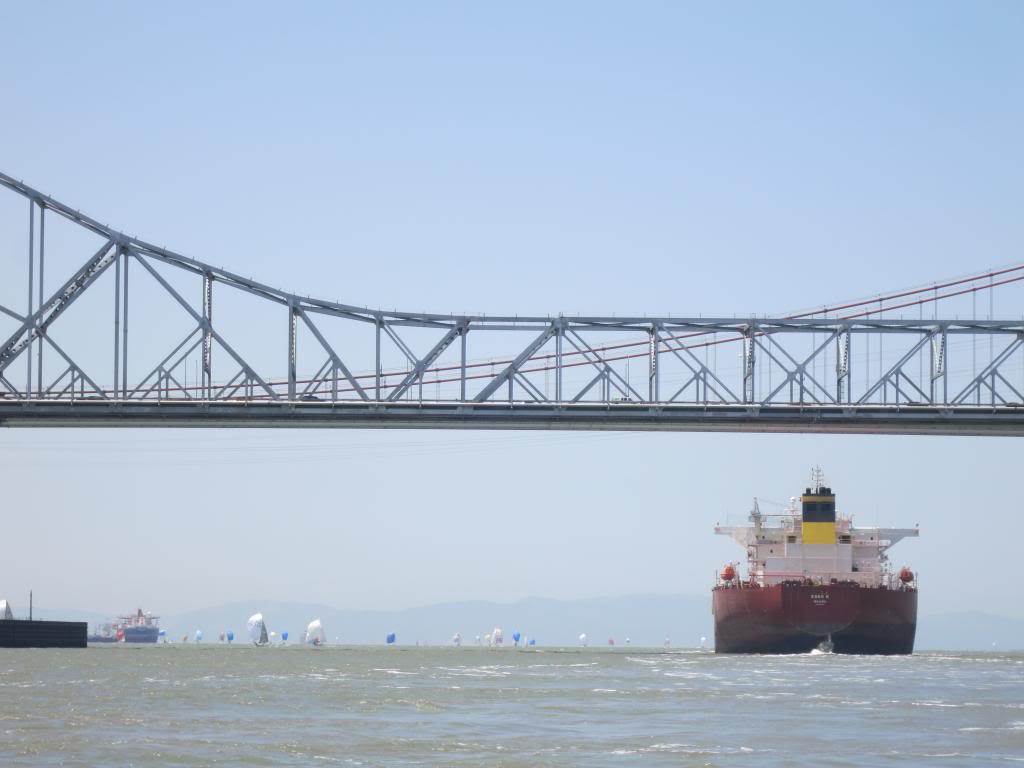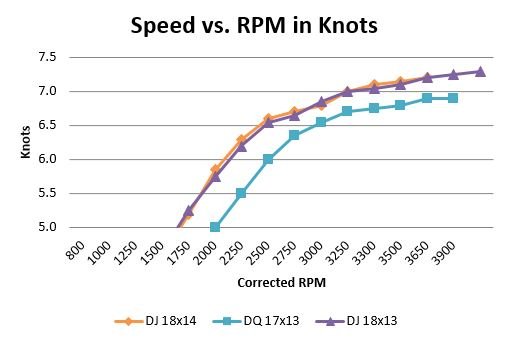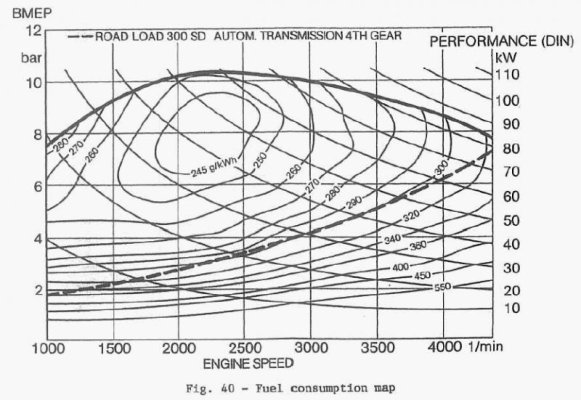sunchaser
Guru
- Joined
- Apr 9, 2008
- Messages
- 10,195
- Location
- usa
- Vessel Name
- sunchaser V
- Vessel Make
- DeFever 48 (sold)
LarryM
It seems you did not over prop, you right propped since your engine could reach rated max rpm with the last prop setup. Without fuel burn and %load for each rpm change it is hard to tell what is optimal though.
Therein lies the beauty of new diesels where prop changes, fuel burn, load etc are all available. Eschulman and Twisted have the new boats, now if we could only talk them into spending many thousands on changing props for the benefit of more data, for what purpose again?

It seems you did not over prop, you right propped since your engine could reach rated max rpm with the last prop setup. Without fuel burn and %load for each rpm change it is hard to tell what is optimal though.
Therein lies the beauty of new diesels where prop changes, fuel burn, load etc are all available. Eschulman and Twisted have the new boats, now if we could only talk them into spending many thousands on changing props for the benefit of more data, for what purpose again?





